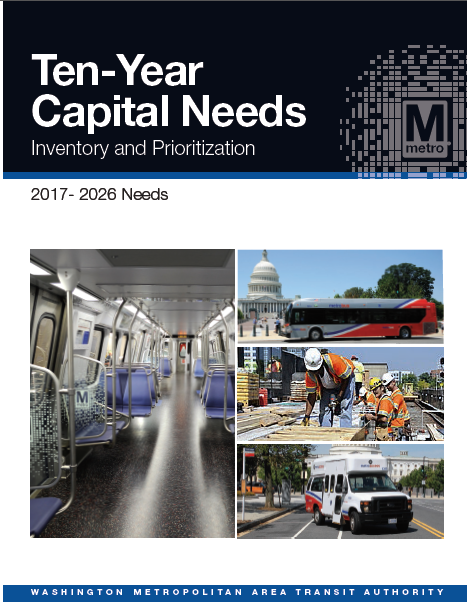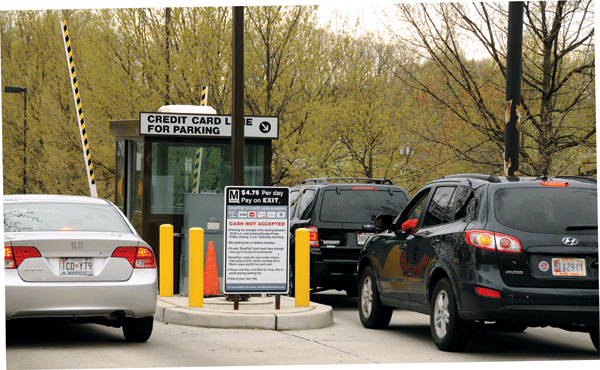Metro’s Ten-Year Capital Needs Inventory and Prioritization is Complete
Metro needs to invest $17B over 10 years to achieve and maintain a State of Good Repair.
In June 2016, we introduced the initiation of the 2016 Capital Needs Inventory (CNI), with the goal to develop a list of fiscally unconstrained and prioritized investment needs over the next ten years and to meet the new federal Transit Asset Management (TAM) requirements. After seven months of rigorous work, the first phase of the CNI is coming to a completion!
What distinguishes this CNI from Metro’s efforts in previous decades? Breakthroughs on several fronts:
- It represents the first time that Metro developed a ground-up, data-driven and FTA-compliant method for asset prioritization.
- It consolidates asset data sources and builds a complete asset inventory database that catalogue higher-level assets and asset features.
- It estimates asset condition (and need rehab/replacement date) based on measurable data such as age of asset and history of rehabilitation, and projects replacement and rehabilitation needs to advance a State of Good Repair (SGR).
- It establishes a prioritization methodology aligned with Metro’s strategic goals and priorities and uses FTA’s TERM (Transit Economic Requirements Model) to prioritize all asset needs.
Here is a sneak peek of the CNI:





Recent Comments